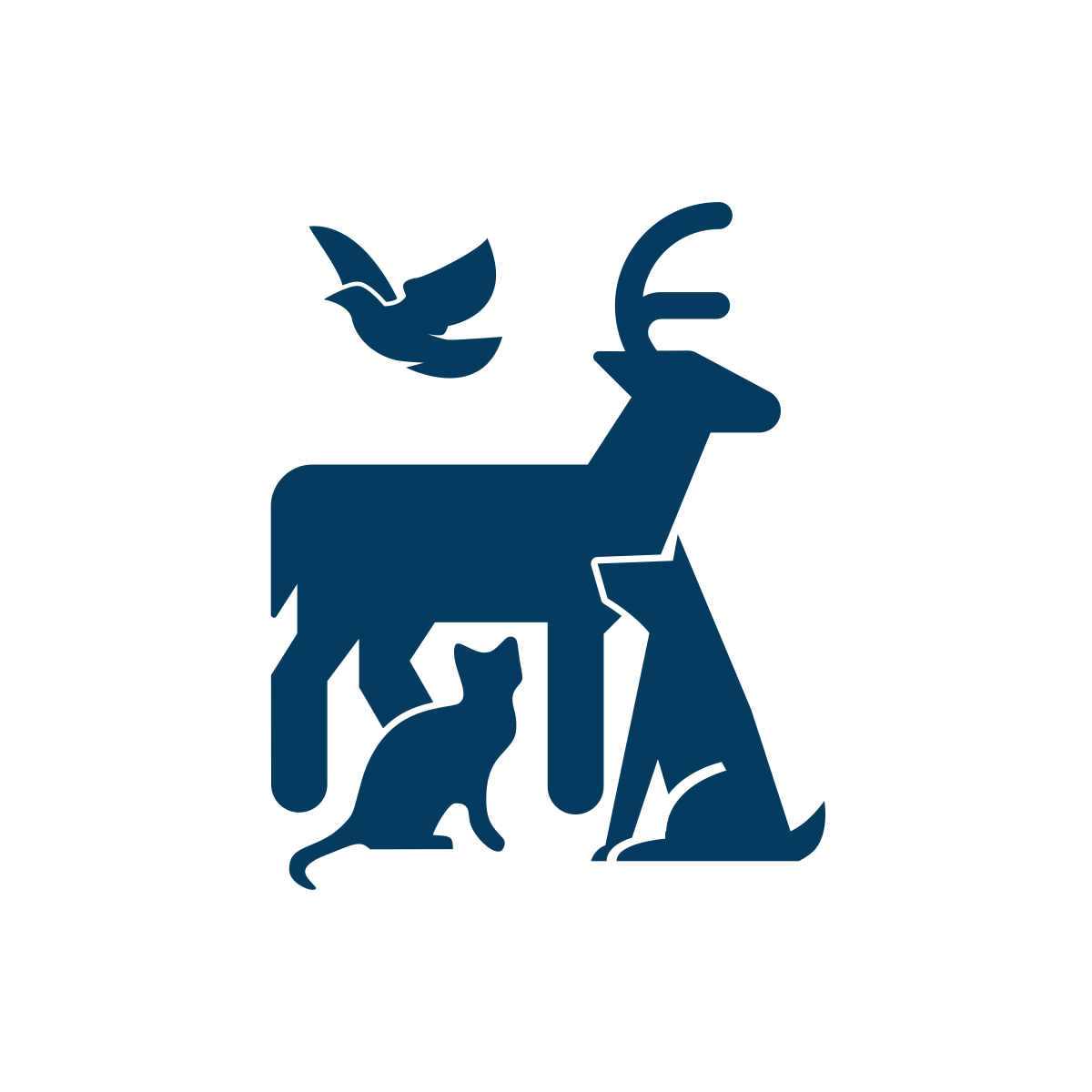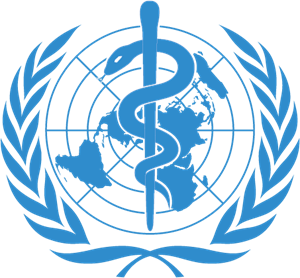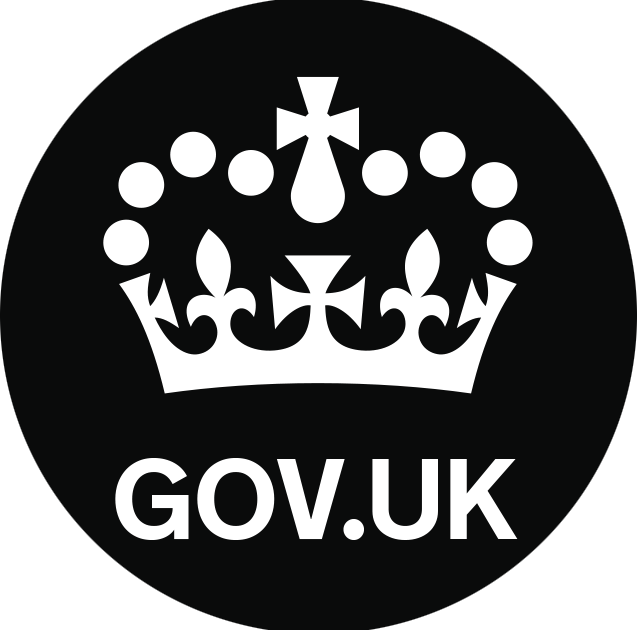The One Health Initiatives tool has been created with the support of the Canadian Animal Health Surveillance System. The tool allows searching for One Health Initiatives in Canada, along with the ability to filter the initiatives by name, topic, scope, species, region, lead organization, and group type as well as by date range. A .csv download function is available so the information is more readily useable.
A fillable form is available for the addition of initiatives that may not yet be included.

Government of Canada
The government of Canada provides advice on SARS-CoV2 in animals, and recommendations for how to manage the potential risks arising from human animal interactions.

SARS-CoV2 in Animals Dashboard
The SARS-CoV-2 in Animals Dashboard is a public interface housed on the Canadian Animal Health Surveillance System Website. It displays cases of SARS-CoV-2 infections in animals in Canada, which are confirmed by the Canadian Food Inspection Agency National Centre for Foreign Animal Disease. The dashboard is interactive and can be searched by species, province and date or time period.

References for Different Species
A summary list of animals with references to their susceptibility to SARS-CoV2

World Health Organization
The World Health Organization provides updates on Monkeypox cases globally, epidemiology, and common symptoms. WHO.
%20new%20logo.png)
World Organisation for Animal Health
The World Organisation for Animal Health provides answers to common questions regarding Monkeypox in animals. WOAH.

Qualitative Assessment of the Risk of Monkeypox Infection in Pets
The Government of the United Kingdom provides a qualitative risk assessment of the introduction of Monkeypox into domestic animal populations. UK Health Security Agency.

Monkeypox Risks to Domestic Animals
The Worms and Germs blog provides an overview of Monkeypox risks to domestic animals, as well as discussion of human transmission. Worms and Germs.
Aug/21/2024
This rapid qualitative risk assessment (RQRA) was initiated to help better understand the risk to dairy cattle in Canada from avian influenza A(H5N1) in dairy cattle in the US, and inform decisions regarding guidance for producers, and the development of infection prevention, control, and response policies.
May/17/2024
The summarized scientific literature in this review are experimental or field studies in cattle, swine, ferrets and human breast cells, with limited information available from recent years.
May/06/2024
A literature review of what is known about Influenza A and Dairy Cattle